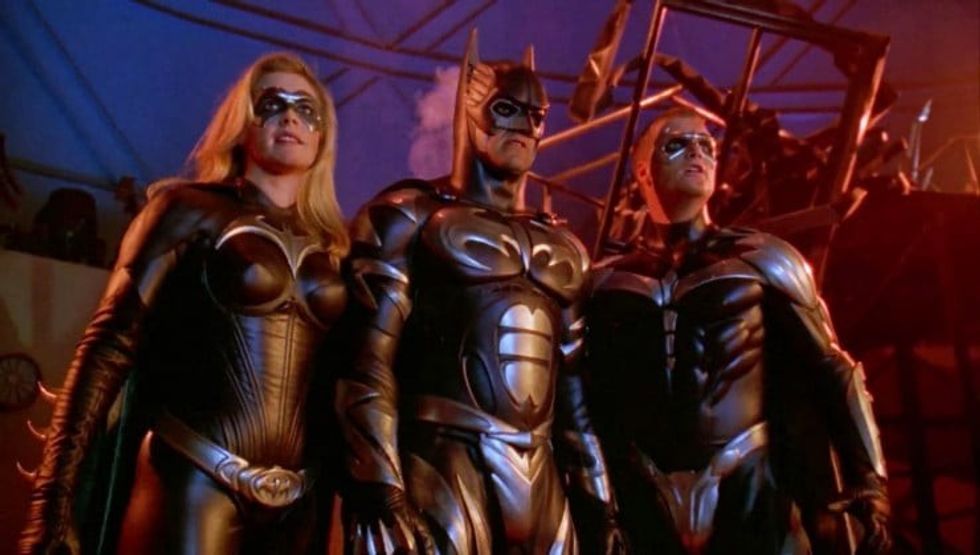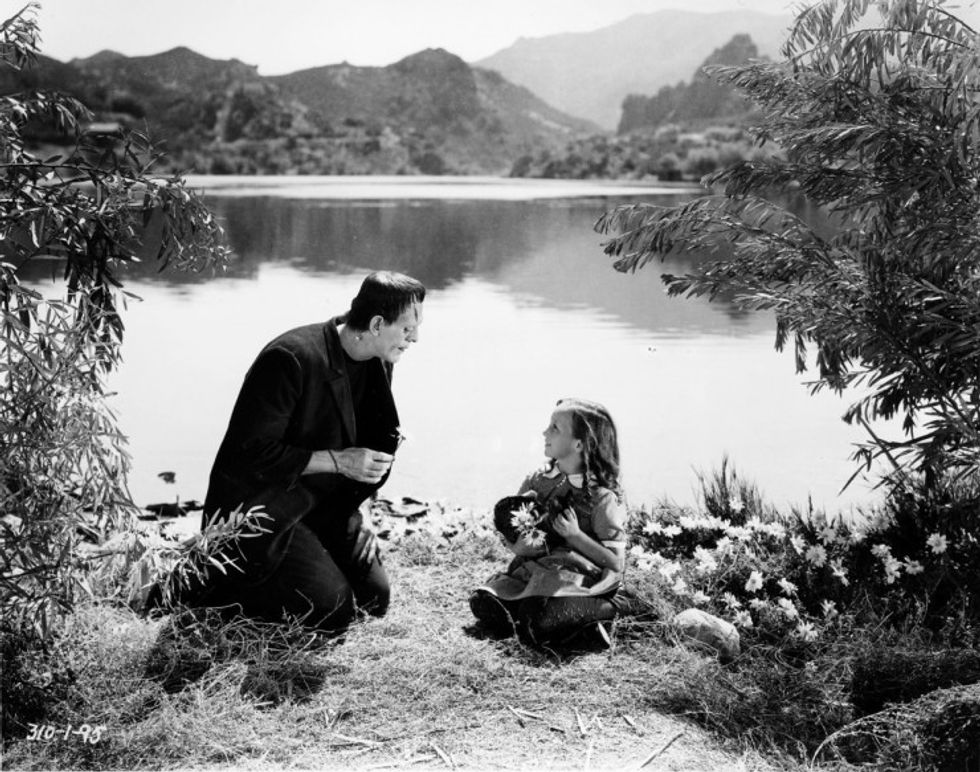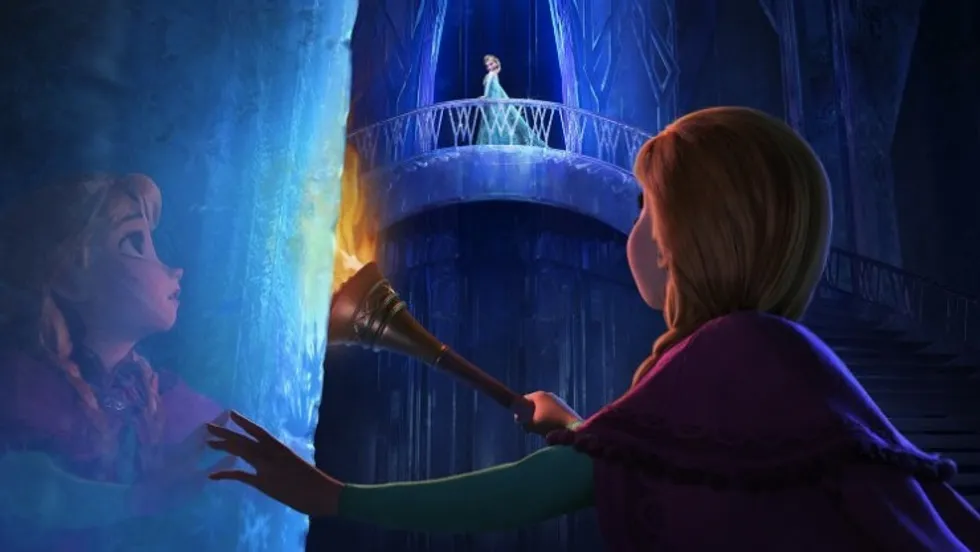
How can you tell what a character is all about? When you’re working on breaking a character, how can you tell who they are? Developing a character sometimes requires showing us their opposite.
That means creating a foil. But what is a foil character, and how do you use one of these literary devices?
Today, we’re going to go over the dramatic foil in literature, film, and television. We’ll look at examples, pull apart the definition, and strategize how you can put these kinds of characters in your storytelling.
Ready? Let’s go.
 ‘Breaking Bad’
‘Breaking Bad’
Credit: AMC
What Is a Foil Character?
There are foils in every genre within storytelling. They function to provide a window into a character’s life. They also challenge the value system the protagonist holds dear.
They do not have to be an antagonist, but their presence should push our main character to the brink.
What is a Dramatic Foil?
A dramatic foil is a character who has contrasting traits to another character. This contrast serves to highlight or emphasize particular qualities of the other character, often the protagonist.
Why Authors Use Foils
- Character Depth: Foils reveal different sides of the main character. By seeing how the protagonist reacts to and interacts with their foil, we get a better sense of their personality, motivations, and values.
- Theme Development: The contrast between a foil and the main character can underscore central themes of the story—good vs. evil, order vs. chaos, etc.
- Conflict and Tension: Foils can be sources of conflict. Even if the foil isn’t a direct antagonist, their opposing traits can create friction that drives the plot.
Foil Character Definition in Literature, Film, and Television
In a narrative, a foil character is written to contrast another person in the story, typically the protagonist. Their job is to highlight the differences between the protagonist and themselves.
While not definitive, the foil is frequently the antagonist in the plot.
Sidekick Characters vs. Foil Characters
Sidekicks often serve as the hero of the story’s foil. We’ll meet a calm sidekick who reins in the angry leader. We’ll see how a hero might drag along a loveable coward wherever they go. And they might have an eloquent person who uses words instead of fists to get things done.
You can use sidekick characters to counter the main character. They can be at opposite ends of the moral or physical spectrum as well.
 ‘Batman and Robin’
‘Batman and Robin’
Credit: Warner Bros.
What Is the Difference Between Foil and Antagonist?
An antagonist is the villain in your story. They work in direct opposition to your protagonist. A foil can be on the protagonist’s side, or against them.
Foils exist to contrast their personality and make them stand out. They are created to highlight the opposing traits of another character.
While a foil can be the antagonist of the story, they do not have to be.
These two literary personas are very similar because both a foil and an antagonist seem to be “against” a character. Still, a foil can be created from any character, whether minor or main, and there is usually only one central antagonist.
There are many different types of narrative foil characters. Let’s check out some examples.
 ‘The Dark Knight’
‘The Dark Knight’
Credit: Warner Bros.
Narrative Foil Examples in Literature, Film, and Television
As I mentioned earlier, these characters are prevalent across mediums. Not only do they help us understand the people we’ve written, but they also can deepen the narrative at hand.
They facilitate our attachment. We should be able to see the best and worst of us in foils.
And they are there to help us identify with the struggle, and with the world outside the story.
Literary Foil Examples
When it comes to literary foils, William Shakespeare usually comes up. Some of his most famous foils show themselves in his play, Julius Caesar.
In Julius Caesar, there are two foils. Cassius is a foil to Brutus, while Mark Antony is a foil to Brutus as well. That means Cassius and Antony are similar to each other, even though it was Cassius and Brutus who killed Caesar. Antony can see himself in them, even if he was on Caesar’s side.
Let’s also talk Romeo and Juliet. Romeo and Mercutio are foils of one another. Romeo knows if he acts out or with aggression, he could easily be in Mercutio’s shoes. This works to highlight how different Romeo is from other men in the story, and why he would stand out to Juliet.
In Jane Austen’s Pride and Prejudice, the major foil characters are Mr. Wickham and Mr. Darcy, who switch places in the audience’s eyes, as they switch places in Elizabeth’s eyes as well. One goes from gentle rich suitor to horrible con man. And the other goes from cold asshole to doting lover.
Of course, the most famous literary foil characters are probably Dr. John Watson and Sherlock Holmes, written by Arthur Conan Doyle. Sherlock Holmes is a type of character that needs a foil as an entryway for us. He’s so smart and reserved that Watson acts as someone constantly provoking Holmes to get answers not only for himself, but as a surrogate for the audience.
 ‘Pride & Prejudice’
‘Pride & Prejudice’
Credit: Focus Features
Foil Character Examples in Movies
In the Harry Potter series, we have a great ongoing foil in Draco Malfoy. He goes from bully to a member of the Death Eaters. Of course, he contrasts with another character, namely, Harry Potter.
We see they are direct opposites, with Potter growing up poor and with Muggles. And Malfoy is part of an old wizarding family with a lot of money. While Harry is working for the virtuous side, Malfoy is working for the darker side. He’s an antagonist, but he is not the main one.
We see what makes Harry a good person by seeing the opposite characteristics in Malfoy.
In another example, the classic Mary Shelley monster story and subsequent movie adaptations, Frankenstein, tells the story of the crazed doctor and his monster. Dr. Frankenstien’s foil is the monster he creates. It represents the opposite of him, and the creature follows him to the ends of the earth to find peace in seeing a darker side of himself.
 ‘Frankenstein’
‘Frankenstein’
Credit: Universal Pictures
Foil Examples in TV
One of the best foil relationships in television is Hank and Walt on Breaking Bad. Hank is the tough DEA cop who is confident, and steadfast. Walt is the wimpy schoolteacher who hides the dark secret of being a top drug dealer.
Their relationship is in their own family. We can see that Hank is better with Walt’s son than Walt could ever be. And that as Walt steps into some power, he actually shaves a little close to who Hank is on the outside. This back-and-forth provides a really strong dramatic foil.
Another great TV foil duo is John Locke and Jack Shepherd in LOST. Throughout six seasons, we see the Locke and Jack relationship play out. Locke is spiritual, Jack is scientific. While they don’t always directly oppose each other, we can see each has their own way of doing things on the Island.
This back-and-forth shows the dual nature of humanity and plays into the deeper themes of the TV show.
 ‘LOST’
‘LOST’
Credit: ABC
Foil Character Examples in Disney Movies
Finally, let’s see how Disney movies use these characters to help people understand the themes and values of stories. Think about how Gaston is the direct opposite of the Beast in Beauty and the Beast. Of course, they are antagonists to one another as well, fighting over Belle.
But the Beast is actually a gentle person in love, and Gaston is an evil hunter, more interested in violence. This contrast allows Belle to see the Beast for who he truly is on the inside.
In Frozen, Anna and Elsa are the singing foils. One is magical, while the other can sing. Well, they both can sing, but they’re there to show what Elsa cannot have because she’s not like Anna. And the story becomes two foils coming back together because love is stronger than their differences. It’s a really smart and unique narrative move.
 ‘Frozen’
‘Frozen’
Credit: Disney
Summing Up Foil Characters
Now that you know all about foils, it’s time to utilize them in your work. See how they can help bring your characters out and formulate story. Check out how they highlight these and bring ideas to the forefront.
Your best writing is ahead of you, and foil characters are going to help you get there.
Now go get typing.
Author: Jason Hellerman
This article comes from No Film School and can be read on the original site.
